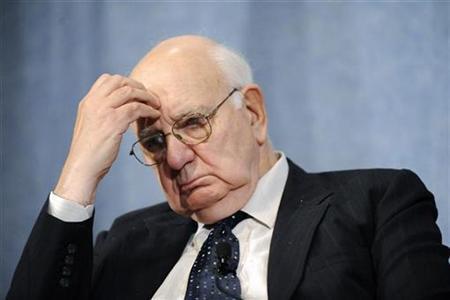Untuk kawan-kawan yang belum ada buat simpanan
silver , mesti tanya, "Kenapa perlu aku beli?"
Bila saya mula cerita tentang kepentingan menyimpan
dalam silver ada sorang kawan kata:
"Tak cukup ke simpan duit dalam ASB atau unit trust?
Simpanan jugak kan? Confirm ada dividen tiap-tiap tahun.
Tak payah nak risau harga jatuh ke atau rumah kena rompak."
Ini adalah jawapan yang biasa saya terima. Saya pulak
tak boleh nafikan yang duit ASB masih dikira simpanan,
silver tak memberi dividen dan turun naik harga
silver memang menakutkan (bagi yang tidak faham).
Sebab no. 1 kawan-kawan kena menyimpan dalam
silver ialah kerana kadar hutang lapuk bertrillion
dolars yang ditanggung oleh negara-negara barat yang
kononnya dilabel negara maju. Dan 'champion' penghutang
paling banyak adalah tidak lain dan tidak bukan: Amerika Syarikat.
Jom cek sini berapa hutang Amerika sekarang: google: US Debt Clock
Terkejut tak bila tengok hutang negara 'KAYA' USD14 trillion?
"Lah, apa pulak kena mengena hutang diaorang
dengan rakyat Malaysia?
Apa kena mengena dengan kena simpan silver ?"
Kalau kita ada kawan yang suka berhutang,
bila dia tak ada tunai dia akan mohon kad kredit.
Jenis belanja sakan lepas tu bayar minimum tiap2 bulan.
Lepas satu kredit kad dah max dia mintak kat bank lain.
Belanja sakan lagi.
Bayar minimum sahaja lagi.
Sampai satu hari, takde bank yang akan approve
kad kredit. Pinjam pulak kat kawan-kawan.
Masih tak sedar diri. Belanja sakan dan buat-buat lupa
bayar bila kawan tanya. Lama-lama isytihar bankrap.
Beza Amerika dengan kawan kita yang boros di atas,
Amerika BOLEH CETAK DUIT untuk konon-konon
tunjuk kaya. Amerika dah cetak 9 trillion dollars untuk berbelanja.
Sekarang lagi senang, mana pakai mesin cetak lagi,
tinggal masukkan masukkan command:
'masukkan 1 trillion dalam bank' lepas tu tekan 'Enter'.
Lambakan duit inilah INFLASI SEBENAR. Bukannya kenaikkan harga.
Kenaikkan harga barang hanyalah simptom untuk inflasi.
Contohnya zaman Jepun dulu, duit daun pisang
berlambak-lambak tapi takde nilai.
Harga barang tinggi sebab duit dah semakin banyak.
Bila kepercayaan terdapat sistem matawang terhakis,
manusia akan berpusu-pusu cari silver untuk
melindungi harta.
Kejadian ni dah jadi berulang-ulang kali dalam sejarah.
Contoh: Dinasti Yuan, Weimar Germany, Zimbabwe.
Cuba kawan-kawan google 'hyperinflation'.
Bila semua orang berpusu-pusu menukar wang kertas
yang cepat sangat susut nilai kepada silver ,
harga sudah tentu akan melambung. Selagi kerajaan
dunia tak berenti mencetak lagi banyak duit,
selagi tu la silver akan naik harga.
Bukan silver je yang naik harga, SEMUA barang akan terus naik harga.
"Kalau kita beli insurans sebagai pelindung kereta,
Kita KENA juga beli silver sebagai pelindung harta."
Saya nampak kesedaran masih kurang menyimpan dalam bentuk silver. Untuk yang ada kesedaran pun, mereka tercari-cari cara memulakan pelaburan silver. Ebook 'Pelaburan Fizikal di Malaysia + Kajian Kes Tukar Ganda Silver' akan mendedahkan kaedah terbaik untuk memulakan pelaburan perak.

















